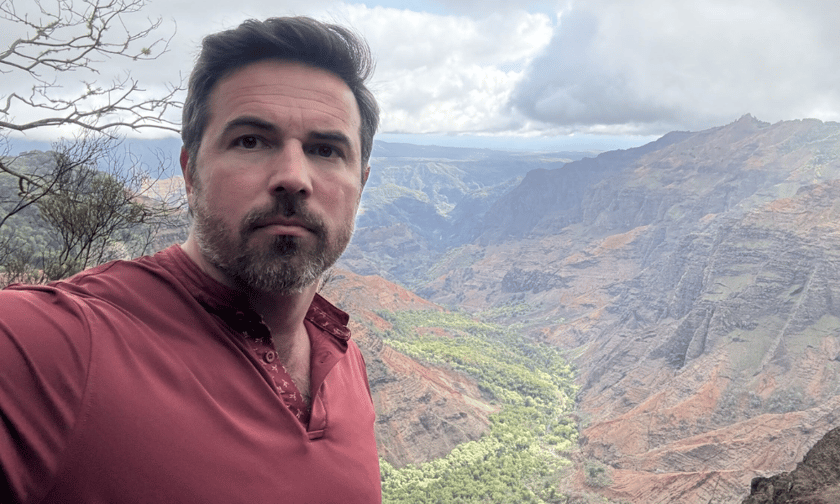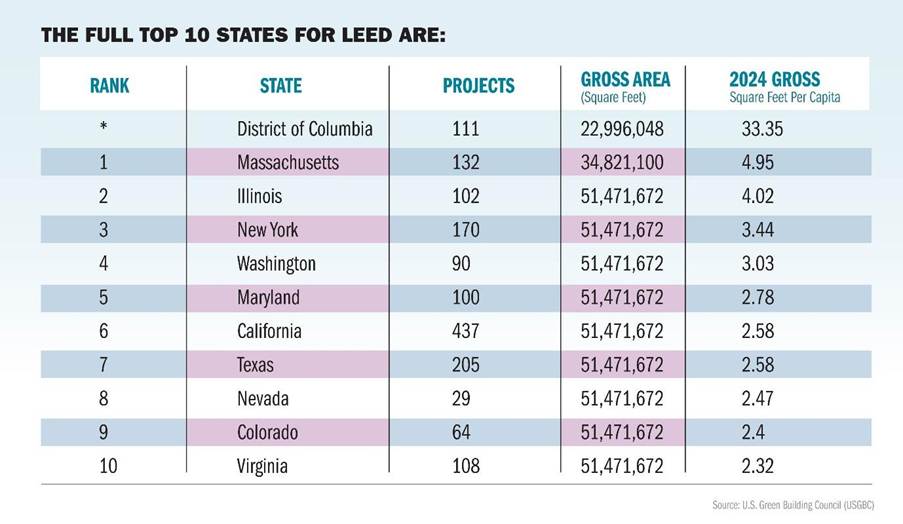

It’s not easy being green – but, if current market trends are anything to go by, it is a necessity. In the housing sector, the growth of LEED-certified buildings has skyrocketed. As of April 2024, there were over 3.7 billion square feet of gold LEED-certified buildings and 626 million square feet of platinum LEED-certified buildings. And, in 2024, the top 10 states certified 1,437 LEED projects, equalling over 414 million gross square feet.
But it’s not without its challenges, especially in regards to health and safety concerns. Speaking to IBA, Austin James (pictured), managing director of McGowan Wholesale’s property division, said while solar is an excellent choice, misunderstanding around fire risk can hold people back.

“I think solar is awesome. I love renewable energy and green energy – I think it's such a great tool,” James said. “However, it's actually very difficult to place risks with solar panels many times. For us, that’s become a big thing – understanding, right off the bat, if a habitation has solar panels, because that really restricts the amount of carriers that will place the risk.”
Insurance carriers’ hesitation largely stems from concerns about fire hazards. As James explained, a lot of these concerns revolve around accidental fire.
“If a fire breaks out, carriers aren't sure if those local fire departments will actually put out the flame because they are afraid of being electrocuted – of there being an active power source. They now have special materials to put out those kinds of flames, but is the truck carrying it? There's a lot of questions around that.”
Beyond fire risks, structural considerations also play a role. Was the building initially engineered for the weight of the solar panels? Were they installed properly? If there's a fire, will the fire department allow proper ventilation of the roof, or will they even get up on the roof? Is the weight load too high with the additional panels? James also noted a shift in new construction styles.
“We're also seeing a lot of the new buildings, rather than garden style, we’re seeing, you know, four- or five-story frame going up,” he said. “It’s probably more energy efficient, more cost efficient. And that’s also understanding capacity – who are the players to write that, the best rates – because some carriers, it freaks them out a little bit, having that much wood in one single structure.”
Despite the challenges, it’s clear that green is the way forward in the housing sector – both for public and private dwellings. And, beyond solar, James noted a shift in the types of buildings being constructed.
“We’re seeing a lot of four- and five-story wood-frame buildings going up instead of garden-style developments,” he said. And, while these structures may be more energy and cost-efficient, they also bring additional insurance challenges. “Some carriers freak out a little bit about having that much wood in one structure.”
Then there’s the extreme weather concerns to grapple with. From hurricanes and wildfires to convective storms, the industry must continually adapt to shifting insurer appetites and rising deductibles.
"It seems like every year the industry is getting a curveball, whether it be hurricanes, wildfire, convective storms, or perhaps all three," James said. “We're starting off Q1 in not a very good way with the California wildfire. It's [about] staying current on generally what's going on around the country, the events that are occurring, the new models and carrier appetites, which are always changing. We do our best to do this through an expansive carrier approach – understanding what our coIBAnies and carriers are looking for. And again, that changes sometimes on a quarterly basis."
James is insistent that insurance strategies must evolve alongside market conditions.
"As far as managing these catastrophic risks, there’s definitely different ways to do that," James said. "Some is by knowing exactly, depending on what the peril is, which carriers are most apt to give the best deal. Other times, it can be approached through deductible strategies, capacity strategies, in terms of maybe offering a loss limit versus full limits.
“Sometimes increasing the deductibles, changing the deductible structure, and other times, if it was multiple locations, perhaps we know that one carrier will treat the Class A differently than the Class B and C in terms of property quality, construction year, performance, etc. So it’s really knowing the client, what their expectations are, and also the expectations of the market.”
